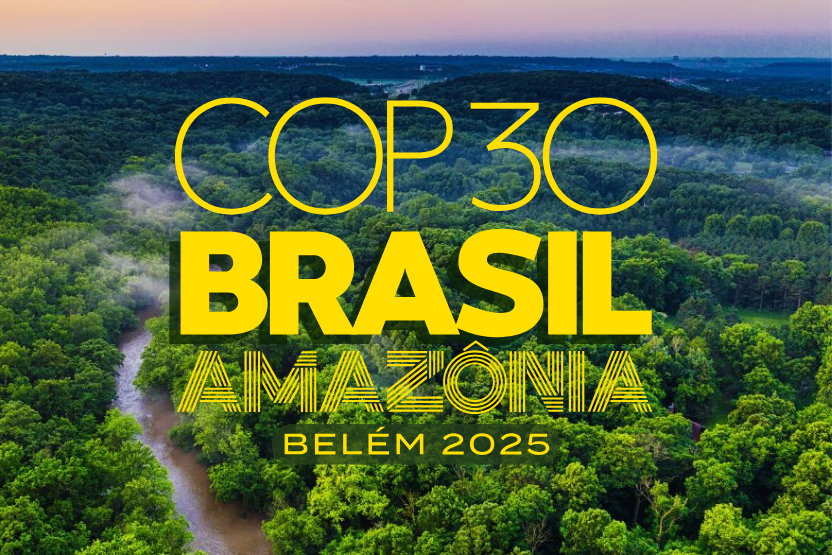
From November 10 to 21, 2025, the world will turn its eyes toward Belém, in the Brazilian Amazon, where the 30th United Nations Climate Change Conference (COP30) will take place. Marking the tenth anniversary of the Paris Agreement, this summit is widely seen as a critical turning point: the moment when governments must move beyond pledges and begin to deliver measurable progress.
A Symbolic Setting in the Heart of the Amazon
Few COPs have carried such symbolic weight. The Amazon—often called the planet’s lungs—is home to unparalleled biodiversity and plays a vital role in stabilizing the global climate. Yet it stands on the front line of deforestation, industrial exploitation, and illegal land use.
By hosting COP30 in Belém, Brazil seeks to place tropical forests and the Global South at the center of the climate conversation. President Luiz Inácio Lula da Silva has vowed to make this “the COP of the Amazon and of implementation,” highlighting both the urgency of protecting vital ecosystems and the need for a fairer, more inclusive approach to climate governance.
The Agenda: From Commitments to Concrete Action
The COP30 agenda is ambitious and wide-ranging. Negotiators will focus on five main priorities:
Stronger national commitments (NDCs): All countries are expected to present updated climate pledges consistent with the 1.5 °C limit set in Paris. This will be the first true test of whether the Paris Agreement’s promise can still be kept.
Climate finance: Developing nations will press rich countries to honor the long-promised $100 billion per year and to operationalize the new Loss and Damage Fund, designed to help vulnerable countries recover from climate-induced disasters.
Energy transition: The debate over phasing out fossil fuels versus merely reducing their use will again dominate the talks. Some nations advocate a clear roadmap toward renewables, while others resist binding commitments.
Forests and biodiversity: As the host, Brazil plans to champion an international fund for tropical forests—supporting conservation, reforestation, and indigenous land rights. The Amazon, Congo Basin, and Southeast Asian forests could form a new alliance of “green lungs.”
Climate justice and inclusion: Indigenous communities and local populations, long excluded from decision-making, are expected to play a visible role. COP30’s success will depend largely on whether their voices are genuinely heard.
In addition, the UN aims to strengthen coordination between climate, biodiversity, and desertification frameworks—pushing for an integrated global response to environmental crises.
Obstacles and Political Realities
Behind the ambitious agenda lie familiar obstacles. Major powers still struggle to balance economic growth with emission cuts. Deep divides between the Global North and South persist, particularly over finance and responsibility.
The fossil fuel lobby remains influential, with many observers fearing another round of watered-down pledges and vague language. Civil society groups warn that without binding commitments, COP30 risks becoming another stage for greenwashing.
Even logistically, the conference faces hurdles. Hosting tens of thousands of delegates in the Amazon raises issues of infrastructure, access, and cost. The UN has already announced participant limits due to accommodation constraints in Belém—a move that could restrict the participation of smaller, poorer delegations.
A Test of Credibility
COP30 is shaping up as a moment of truth for the global climate regime. If countries present ambitious new targets, commit real funds, and deliver mechanisms for accountability, the Belém summit could mark a new phase in collective climate action.
But if once again political caution outweighs urgency, COP30 may come to symbolize the fatigue of a process that has failed to deliver on its most vital promises.
Ten years after the Paris Agreement, the message from the Amazon could not be clearer: the time for declarations is over. In Belém, governments must prove that international climate diplomacy can still produce results—before the planet’s largest rainforest, and the climate itself, reach an irreversible tipping point.


Comment
Reply